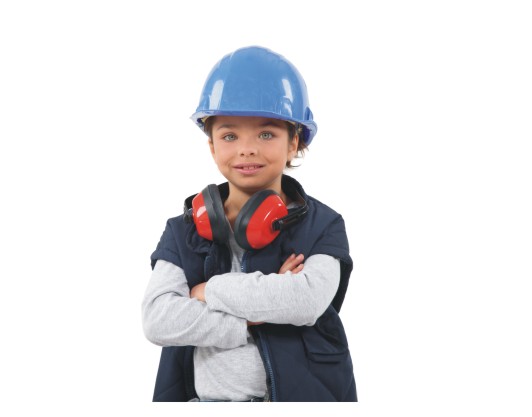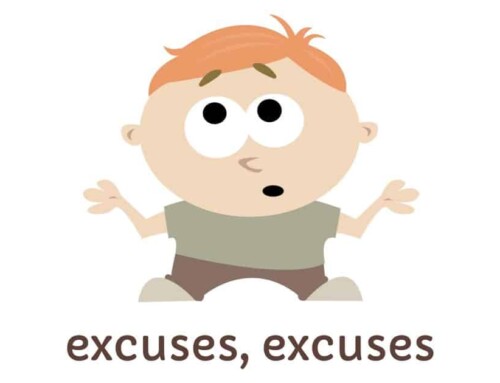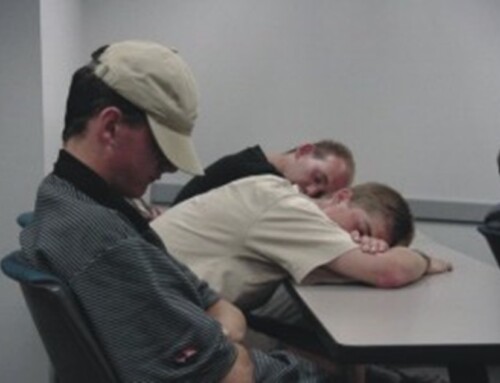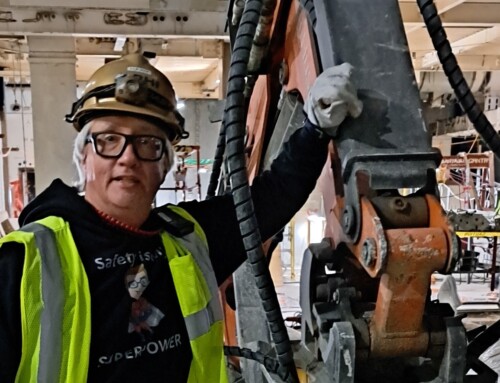Like any other blog or article I post, you are welcome to copy this and pass it on to your employees.
*****************************
From Richard Hawk- Safety Expert and Professional Speaker
Dear Parents,
Teaching your children about safety at an early age is the best way to reduce their chances of getting hurt, both while they’re growing up and when they become adults. I work with dozens of industries every year, and one common problem I see is that new employees don’t know much about working safely. Sometimes they’ve never worn safety glasses or hard hats until they start their first “adult job!” 
I have two grown children, a son Dana and a daughter Amber. If I had to raise them again, this time, I would make sure to spend more time explaining and showing them what it takes to work safely.
Just like playing a sport (or any other skill) the earlier a person starts practicing it the better they tend to be when they get older. That’s why you should spend the time, even if your child is only a few years old, teaching your boy or girl about safety and training them to do their chores or other tasks safely.
I’ve also noticed (and research backs up my observation) that women come into the work force with less safety training than men. I know in my case my son mowed the lawn, helped me when I worked on the car or did some carpentry, while my daughter did mostly chores like washing the dishes or helping her mother clean the house. Not that there isn’t a need for safety training for domestic chores, but the risk is less.
So, if you have a daughter(s) be sure also to teach her how to do safely the more physical tasks that have been traditionally done by boys. If I had a “raising my children do-over,” Amber would take turns with her brother mowing the lawn, and Dana would do more housework.
Here are a few of the safety-related topics young children should know about:
1) Why you need Personal Protective Equipment when using tools and machinery and how to wear them.
2) How to lift properly.
3) Stretching exercises and why they are helpful.
4) Once they are old enough to do so: How to handle chemicals and why they can cause harm.
5) How to escape your home in case of an emergency (and other buildings like hotels if you go on vacation).
6) How to look for hazards before doing a chore.
7) Basic first aid (simple things at first like holding your hand over a cut until mommy or daddy help you, but then more advanced first aid skills as the child grows).
8) Everything about the dangers of fire, water, electricity, sharp edges and any other hazard that may come into their young world.
One final note: setting a good example is the first step to helping your child live a safe life. If you wear safety glasses when using moving tools like a weed- whacker or drill your child will want to do that too. I wish you grand success with your efforts to raise your children to become happy, healthy and safety- conscious adults.





